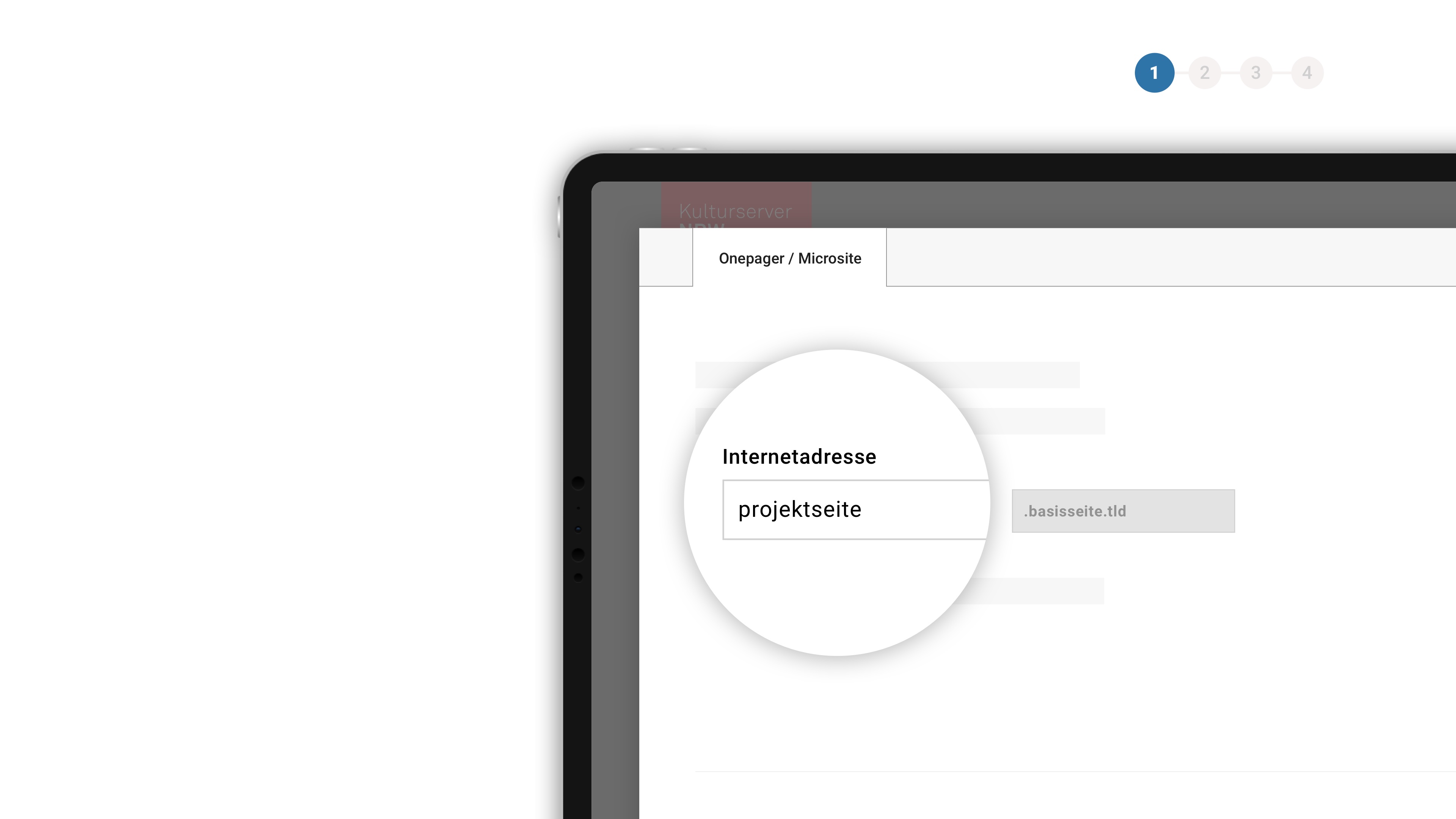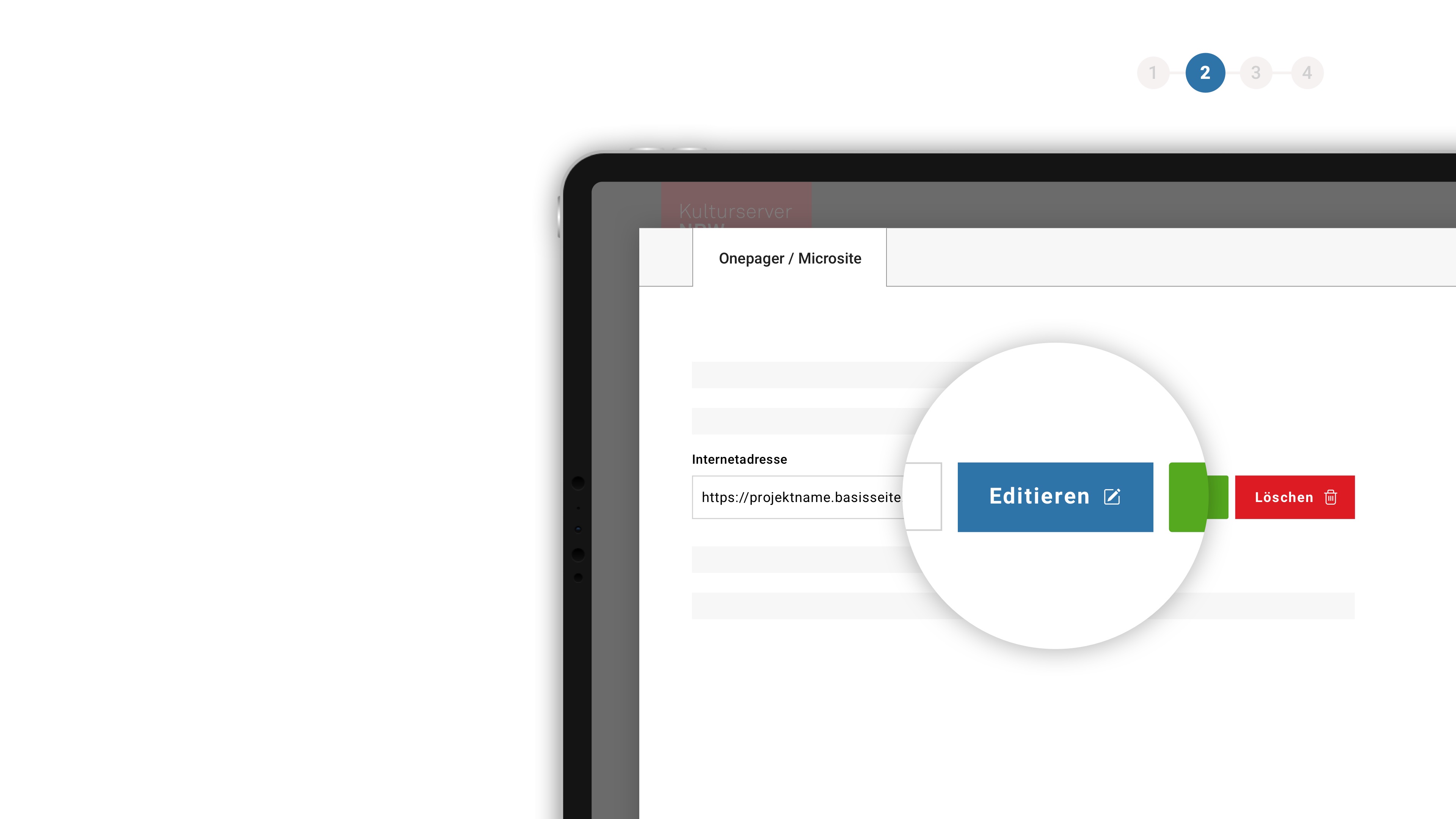Newsletter

News about the schedule Personal recommendations Special offers ... Stay well informed!
Subscribe to our newsletter
Subscribe to our Newsletter and receive 25% off your next ticket purchase.
By selecting "Accept necessary cookies" you allow Deutsche Oper Berlin to use technically necessary cookies, pixels, tags and similar technologies. Selecting "Accept all cookies" allows the use of these technologies to learn your device and browser settings so that we can track your activity. We do this to ensure and improve the functionality of the website and in order to be able to provide you with personalised advertisements. Deutsche Oper Berlin can provide this data further to third parties such as social media advertising partners like Google, Facebook and Instagram for marketing purposes. These are partly located outside Europe (especially in the USA), where the level of data protection may be lower than it is in Germany. You can revoke your consent at any time which will be effective for the future. Please visit our Datenschutzerklärung for more information. There you will see how we use your data for the necessary purposes (e.g. security, shopping cart function, registration). You can use the “Manage tracking settings” button to select which technologies you wish to allow.
We use cookies to enable the operation of the website and to ensure that certain functions are working properly. This includes, for instance, the option to log in or to add tickets for an event to the shopping cart. This tracking is always active because if it is not, you may not be able to view the website or may not be able to buy tickets online.
Our website has embedded social media so that you can directly use their functions without any additional clicks. Furthermore, we also use tracking technologies to analyse how our website is used. This data helps us to locate errors and develop new designs. It also allows us to test the efficiency f our website. For this, we also use services, who may be located outside the European Union (especially in the USA), where the level of data protection may be lower than it is in Germany.
Technologies of this category record information that is used to enable the display of personalised advertisements or other interest-based content. They are used by partners who may be located outside the European Union (especially in the USA). The level of data protection there may be lower than it is in Germany. These partners consolidate this information with more data. If you disable the marketing cookies, advertisements that are of little interest to you may be displayed to you.
You can revoke your consent at any time which will be effective for the future. For more information on data protection, go to hier

News about the schedule Personal recommendations Special offers ... Stay well informed!
Subscribe to our Newsletter and receive 25% off your next ticket purchase.
slide_description_1

slide_description_2

slide_description_3

slide_description_4
